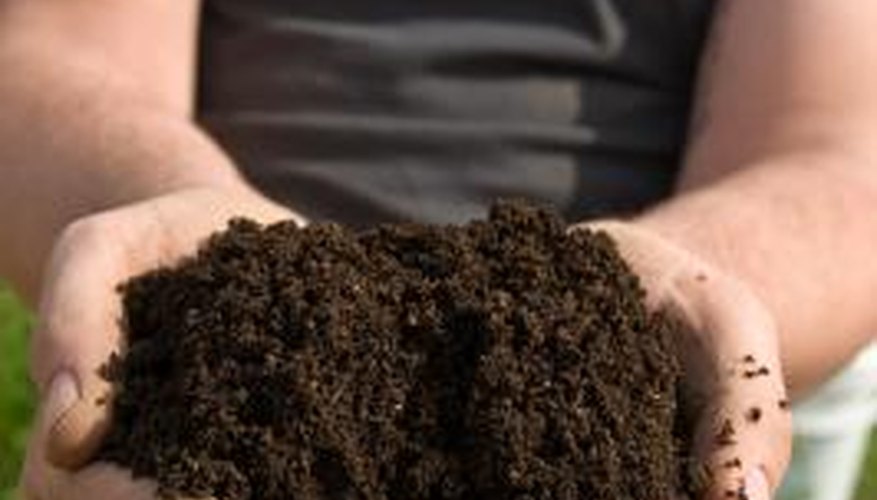Dusty miller (Senecio cineraria), also known as silver ragwort, is a tender perennial grown as an annual in all but the warmest climates. It has attractive silver foliage that develops into 8- to 15-inch-high clumps when mature. Dusty miller produces small, unremarkable yellow flowers in summer, but these are removed by many gardeners. It prefers full sun and well-drained soil and doesn't require very much fuss once established. Propagate dusty miller from seed in late winter, several weeks before the last spring frost is expected in your area.
- Dusty miller (Senecio cineraria), also known as silver ragwort, is a tender perennial grown as an annual in all but the warmest climates.
- Dusty miller produces small, unremarkable yellow flowers in summer, but these are removed by many gardeners.
Fill a 3- to 4-inch growing container 3/4 full with a combination of equal parts peat moss and perlite. The selected container should have drainage holes in the bottom to prevent over-watering.
Add just enough water to moisten the growing mixture.
Sprinkle the dusty miller seeds across the surface of the mixture. Do not cover the seeds -- they will not germinate without sufficient light.
Stretch a clear plastic bag over the growing container and place a rubber band at the container's base to hold the bag in place.
Move the container to a location that receives indirect sunlight the majority of the day. Remove the plastic bag as soon as the seedlings start to emerge.
- Add just enough water to moisten the growing mixture.
- Remove the plastic bag as soon as the seedlings start to emerge.
Water the young plants when the soil feels dry to the touch.
Transplant to a 6-inch growing container filled with potting soil when the plants are 4 inches tall. Move the dusty miller plants to the garden when they are 6 to 8 inches tall and all danger of frost has passed.
TIP
Do not overwater the young plants because their roots rot if they are too moist. Dusty miller plants come back from the roots each year in U.S. Department of Agriculture Zones 8 through 11. Dusty miller can be propagated from cuttings or by dividing the plants in regions where they grow as a perennial.
WARNING
Dusty miller is toxic to humans and animals if ingested.
